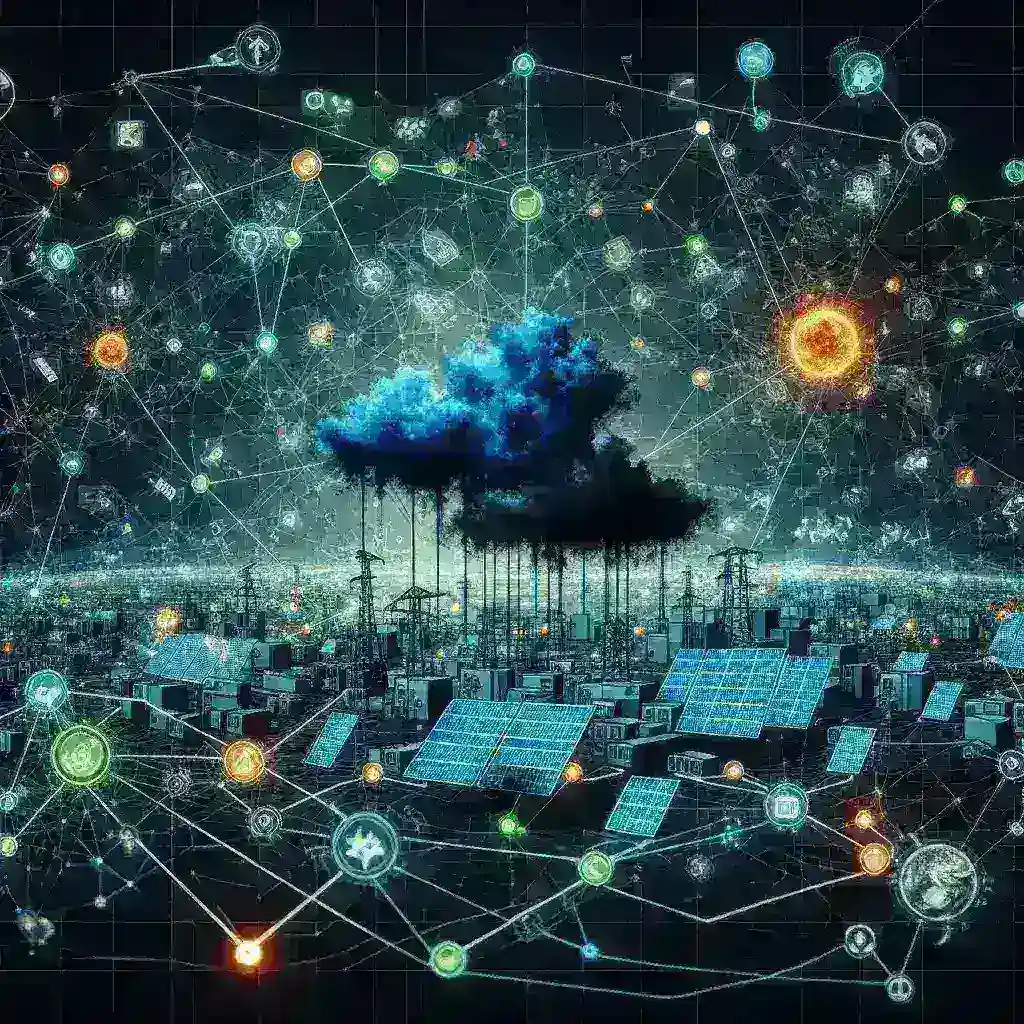Understanding the Power Market and Photovoltaic Systems
The power market is an intricate web of supply and demand, influenced by various factors including regulations, technological advancements, and consumer behavior. Among the most significant developments in recent years is the rise of renewable energy sources, particularly photovoltaic (PV) systems. These systems convert sunlight directly into electricity and play an essential role in reducing carbon emissions and promoting sustainability. However, with the increasing integration of PV technology into the power market, new risks have emerged, particularly concerning cybersecurity.
The Emergence of Cyber Threats in Energy Systems
As the power market becomes more digitized and interconnected, the vulnerability of energy systems to cyber-attacks increases. Cybercriminals can exploit weaknesses in software or network infrastructure to manipulate energy outputs, which poses a significant threat to market stability. The potential for cyber manipulation of PV outputs raises questions regarding the reliability and security of renewable energy sources.
Historical Context of Cyber Manipulation in Energy
To understand the current landscape, it’s essential to examine historical instances of cyber attacks on energy systems. One notable example is the 2015 cyber attack on Ukraine’s power grid, where hackers successfully shut down several substations, leaving hundreds of thousands without power. This event was a wake-up call for energy sectors worldwide, highlighting the vulnerabilities inherent in modern energy systems.
Impact of Cyber Manipulation on PV Outputs
Cyber manipulation of PV systems can lead to several adverse effects:
- Financial Losses: Disruptions in energy production can result in significant financial losses for energy providers and consumers alike.
- Market Instability: Inconsistent energy outputs can lead to fluctuations in electricity prices and market demand, causing instability.
- Loss of Consumer Trust: If consumers perceive that energy providers cannot secure their systems, they may lose faith in renewable energy initiatives.
Future Predictions: The Evolving Threat Landscape
As technology continues to evolve, so do the tactics employed by cybercriminals. Experts predict that cyber attacks on energy systems will become more sophisticated, targeting not only PV systems but also the entire energy infrastructure. The increasing interconnectivity of devices, commonly referred to as the Internet of Things (IoT), will only heighten these risks.
Mitigating Cyber Risks in the Power Market
To safeguard against cyber manipulation of PV outputs, energy providers and stakeholders must implement robust cybersecurity measures. Here are several strategies that can help mitigate risks:
1. Establish Comprehensive Cybersecurity Protocols
Energy companies should develop strong cybersecurity frameworks that include regular audits, threat assessments, and incident response plans. These protocols should be updated to address emerging threats as technology evolves.
2. Invest in Advanced Security Technologies
Utilizing advanced security technologies, such as artificial intelligence and machine learning, can enhance threat detection and response capabilities. These tools can help identify abnormal behavior in energy systems, allowing for quicker responses to potential attacks.
3. Foster Collaboration Among Stakeholders
Collaboration among energy providers, government agencies, and cybersecurity firms is essential. By sharing intelligence and resources, stakeholders can create a more resilient power market.
4. Implement Training Programs for Staff
Human error is often a significant factor in cyber breaches. Regular training programs for employees can help them recognize threats and understand the importance of cybersecurity protocols.
5. Regularly Update Software and Systems
Keeping software and systems up to date is crucial in protecting against vulnerabilities. Regular updates ensure that energy systems are equipped with the latest security features and patches.
Real-World Examples of Cyber Manipulation
Several instances of cyber manipulation have demonstrated the potential risks to power markets. In 2017, the NotPetya ransomware attack affected several companies globally, including those in the energy sector, resulting in significant financial losses and operational disruptions. Such incidents underscore the urgency of addressing cyber risks in the energy landscape.
Conclusion: Navigating the Future of the Power Market
The risks associated with cyber manipulation of PV outputs present a formidable challenge for the power market. However, by understanding these threats and implementing proactive measures, energy providers can enhance their resilience against cyber attacks. As the world moves towards a more sustainable energy future, ensuring the security and reliability of renewable energy sources will be paramount. Only through collaboration, innovation, and a commitment to cybersecurity can we navigate the complexities of the evolving power market.

